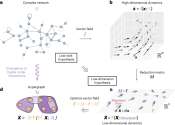Study shows slime molds have spatial memory
(Phys.org)—Biology researchers from the University of Sydney, working with colleagues from Paul Sabatier Université in Toulouse have found that the brainless slime mold Physarum polycephalum, is able to use its slime trail ...









